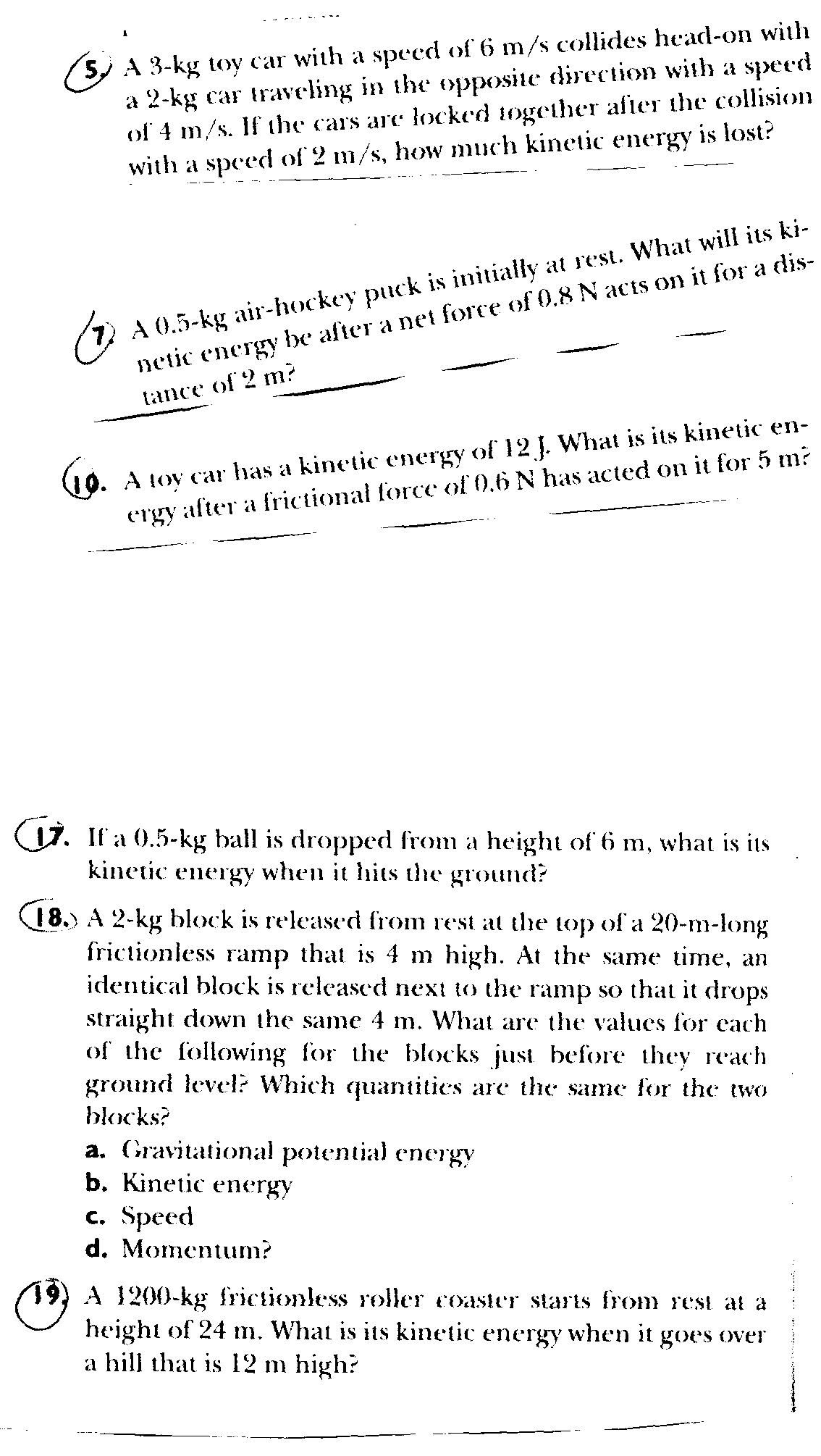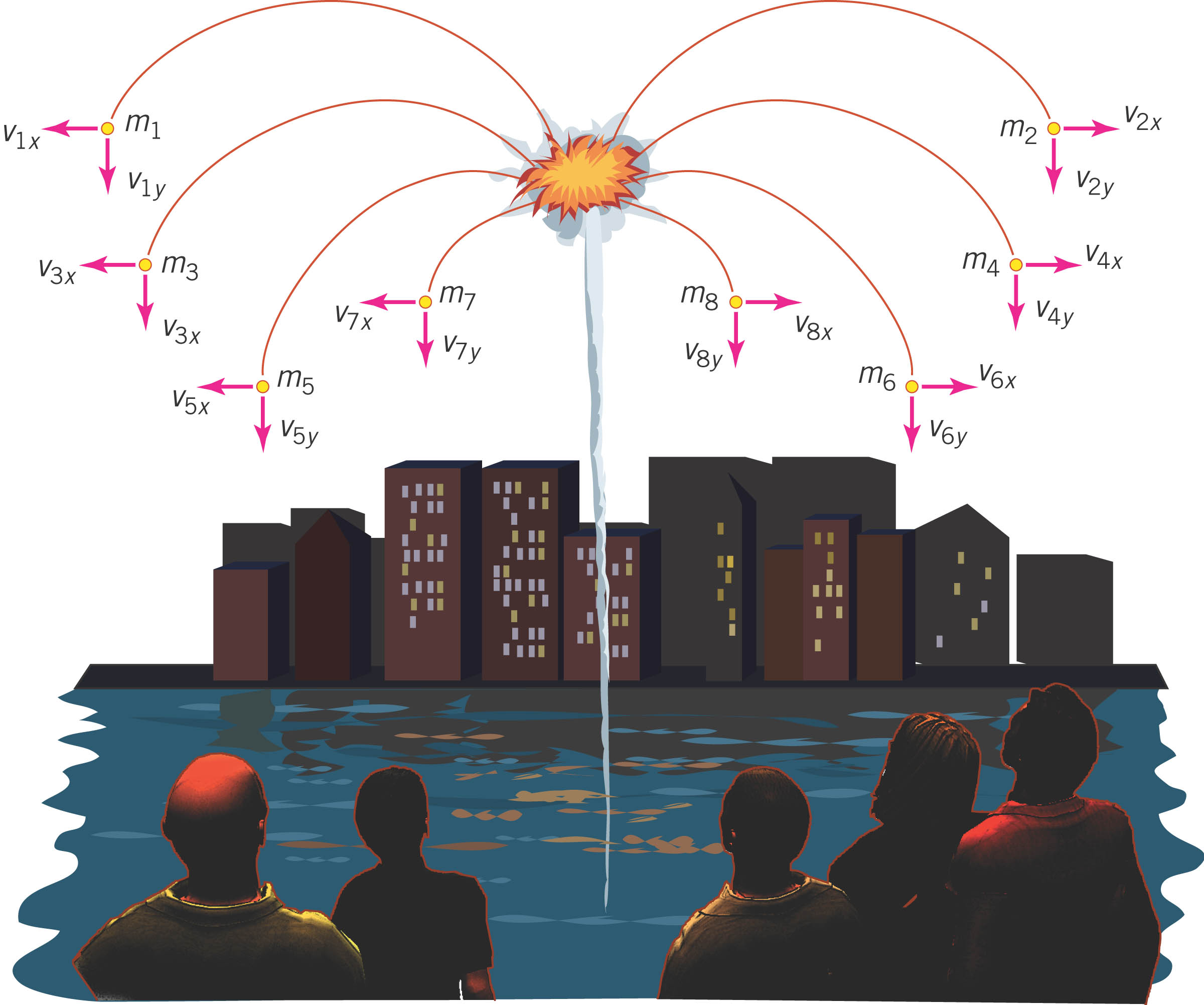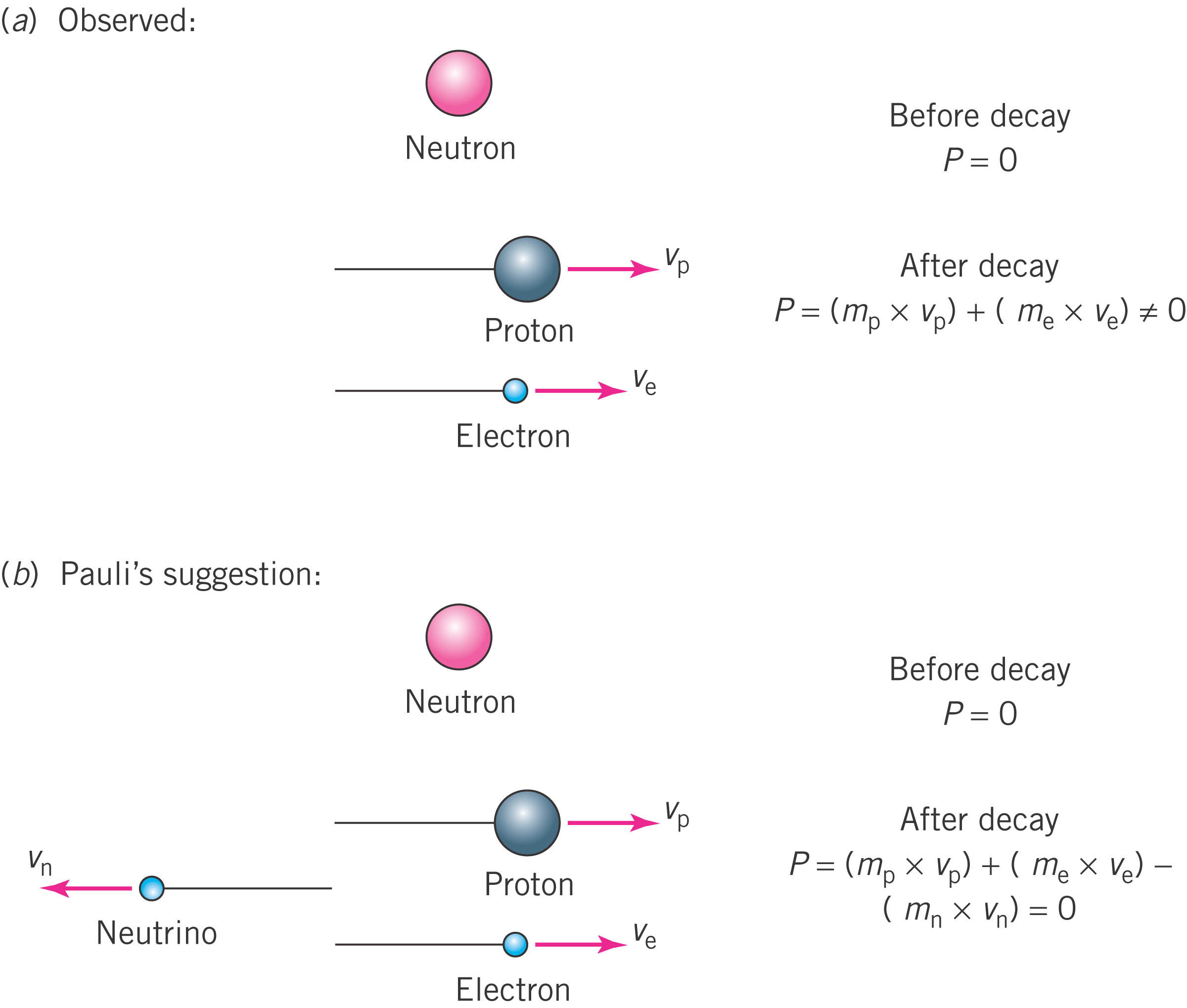1. List each of the four major types of
change
that will occur due to the Greenhouse Effect, and add an example for
two of
them.
2. Describe two of the most interesting new
ideas for alternate energy sources that are being researched here in
the
3. What do the film makers suggest is the most
important thing for communities to do “right now” in terms of
adaptation?
4.
What final
thoughts does the narrator leave you with?
Nuclear Power
Discussion
1.
Why would one support the present use and
increased use of nuclear power in the
2.
What reasons are there for not supporting an
increase in nuclear power in the
3.
How does each person in the group fell about
use of nuclear power as part of the
Nuclear Weapons -- The World Scene --
Nuclear Power vs. Nuclear Weapons
The Nucleus -- Ch. 26
Q1. Looking at the “Wedge” from the Scientific
American article and the subsequent pie chart, how do you see the
Q2. From a social standpoint, how does the world
energy needs fit with the energy use of the
Q3. Using the charts on coal resources, use, and
emissions answer the following. Should
fossil fuel plants be completely replaced over time? Or should we find
a way to
improve their efficiency and then add other fuel production methods to
our list
of possible sources?
Q4. Using charts, and figures provided, comment
on the different ways we can make energy that are not “mainstream”
right now.
Q5. Do you agree with the idea that we can only
count on technology that is now available as a sure thing resource for
future
energy needs? Why or why not?
Q6. What about our Research and Development
budget (R&D) and how do these concern tie in with the articles we
read at
the beginning of the semester on the
Climate
and the
1. Where would you place yourself in terms of
your views of the
From:
We
should be 100% global in our views
·
Economic
·
Social
·
Political
·
Energy-wise
To:
We
should be 100% nationalistic in our views
2. Global warming needs to be considered in a
_____________ sense. (and when)
Global
National
Regional
Local
3. How does our wealth (the country’s in
general) affect the global scene?
4. What do you think the national priorities
should be in terms of energy and global warming?
Alternate Energy and the World's Energy
Future
Tues. Mar. 20th,
Thurs. Mar. 22nd, & Tues. Mar. 27th
Ch. 11: Thermal Energy
Fun with
Liquid
Nitrogen
1. Describe
all the thermal processes which occur in the liquid nitrogen in your
cup, and
what the sources of each are.
2. What
happens to the marshmallow as it is dunked into the liquid nitrogen?
Tues. Mar. 6
& Thurs. Mar. 8th
Al Gore's "an inconvenient truth" DVD
An Inconvenient Truth: A
Global Warning
!
With Al Gore and www.ClimateCrisis.net
DAY 1 of the Movie
Group Discussion Paper
1. List 5 important points that were presented on the DVD, and explain them in one sentence
2. List 2 questions worth discussing as a group. Discuss them and record different group member’s points of view.
DAY 2 of the Movie
Group Discussion Paper
1. What was the most surprising thing that you learned from this presentation? Record each group member’s response and discuss briefly among yourselves.
2. What things could you do, as an individual, in your daily life that would make a change for our global environment? Make a list below.
Tues. Feb. 27th
& Thurs. Mar. 1st
Ch. 8 -- Energy
Main Ideas:
Work: Can be defined in a number of ways. It
is related to changing the state of
motion of an object, changing an objects position, and/or changing its
state of energy.
W = F d = DKE = DPE
F is force, d is distance, KE is kinetic energy, and PE is potential
energy. Applying a force over a distance can increase the
speed of an object or change its potential energy.
KE = 1/2 m v2
Is energy due to motion of an object. Any object in motion
will
exhibit KE. It is a
scalar quantity NOT a vector quantity.
PE = m g h
Is energy due to position above or below a reference height. PE can be negative ifPower = Work/Time
This describes how quickly you do the work. The quicker it is done the more power is required.
Conservation of Energy states that energy can neither be created nor
destroyed, it
simply changes states (or types of energy).
Conservation of Mechanical Energy states that a system that is
isolated can exhibit
conservation of mechanical energy. That is the total energy
of the system comes from the sum of PE and KE and as the system
evolves:
KE + PE = Constant.
In-Class Demonstrations and Calculations of W and
Conservation of Mechanical Energy.
Examples of Conservation of Energy:
(1) A 1 kg pendulum swings from a starting position of
50
cm above equilibrium. What is its speed at the bottom of its
swing?
(2) The same pendulum swings to 15 cm above equilibrium.
What is its speed there?
Mini Experiment
Bouncing
Balls & Roller
Coaster
Experiments
1. Bouncing Ball: Ball, meter stick
a. Choose a height to start from. hi =
b. Drop ball.
c. Record height ball returns to. hf =
d. Calculate the following quantities: PE before, PE after, Speed ball hits ground with.
e. Is mechanical energy conserved during fall? After return bounce? What happens to the energy of the ball?
f. Choose another height to start from. Then calculate how fast the ball is moving part of the way through the fall (for instance, drop ball from 75 cm and see how fast it is moving at 30 cm)
2. Roller Coaster Problem: Loop-de-loop, car or ball, meter stick
<>a. Make necessary measurements to calculate the following:PE at top, Speed of car/ball at bottom, Speed of car/ball at top of loop
CH. 8 Homework

CH. 6 -- Momentum


Information on the Neutrino Discovery and Recent
Experiments:
http://ppewww.ph.gla.ac.uk/~psoler/P1X_neutrino_2004_1.pdf
Other Neutrino News: http://www.physorg.com/news346.html
Main Equations:
Linear Momentum p = mv
Newton's Second Law F = (pf - pi) / t
Impulse F Dt = D(mv)
In order
to change an object's momentum, you must apply a force for a period of
time. If you increase the time, you can decrease
the necessary force.
Conservation of Linear Momentum p(before) = p(after)
Fermi Lab: <http://www.fnal.gov:80/>
Go see how conservation of momentum and
energy are used in real life!
Momentum
is a vector quantity defined as p = mv where p and v are
vectors.
Momentum
is a conserved quantity when there are no external forces
acting on a
system.
Elastic
Collisions are ones in which both momentum and kinetic energy
are
conserved.
Key Concepts:
Equations:F = ma F = D(mv)/Dt
In Class Work:
Define Newton's 3 Laws
Give examples of each as you would explain them to a middle schooler..
Focus in on Newton's Laws:
1. First and Second Law: The NET force is the important
quantity. If there is a NET
force, there is an acceleration. If there is NO NET force, there
is no acceleration; BUT there can still be motion (constant speed
in straight line).
2. Examples of Places where net force must be considered:
Falling objects and air resistance.
Pushing objects across a surface and friction force.
3. Third Law: Action and Reaction Pairs, Which forces
need to be largest to get an
object to accelerate in a particular direction.
Examples of Newton's Laws -- Net force and terminal velocity
Units of Force, Weight, Mass
Ch. 4 Homework
Thurs. January 25, Tues. January 30th,
& Thurs. Feb. 1st
Ch. 3- Motion
Key Concepts:
Acceleration - average and due to gravity
Free fall and Air resistance -- Terminal velocity
Terminal Velocity -- Free fall and air resistanceProjectile Motion:
Motion can be separated into its vertical and horizontal components.
Vertical
motion controlled by gravitational forces and any air resistance that
occurs.
An
object undergoing horizontal motion feels no unbalanced forces (once
thrown/shot
object is
released).
Equations of
motion can be chosen for each type of motion.
Vertical: dy = 1/2 a t2 Vfy = Viy ± at
Horizontal: dx = Vix t
When a ball is thrown up in the air, it experiences vertical motion.
When a ball is rolled across a table, it experiences horizontal motion.
When a ball is thrown across the room, it
experiences
BOTH vertical and
horizontal motion.
Galileo showed that we can look at each of the above motions separately.
Angles for projectile motion -- In class demo/ experiment --
What angle is the best to use for shooting a dart
gun
if one wants to have the dart travel the
farthest in the horizontal direction?
Phy
101
Motion Problems
1.
Balloon Fight ! You want to
drop a water balloon on a friend
who is out jogging at 1.6 m/s. If the
residence hall is 30 meters high, how far away from the target spot
should your
friend be when you drop the balloon?
2.
The tortoise and the hare! The
tortoise and the hare are having a
race. Hare expects to win easily and so
doesn’t line up quickly. Tortoise starts
off from the start line accelerating at 0.03 m/s2 for 20
seconds,
then continues at that speed for 120 seconds.
If Hare finally leaves 50 seconds later and accelerates at 0.5
m/s2
for 5 seconds, and then continues at that pace, when will he catch up
with
tortoise? How far will they both have
traveled by then?
3.
Cannon Balls Away ! Galileo is
testing cannons by holding a
cannon shooting contest. If the cannon
you have is shot at a 30 degree angle with a velocity of 36 m/s, how
far away
could the target be located from the cannon and you still be able to
hit it?
What does each type of graph look like for the following
situations:
Constant Motion -- the distance increases with time (straight line with some slope, the steepness of the line is related to the speed), the speed stays the same regardless of time (straight horizontal line), the acceleration is zero
Acceleration -- The distance increases or decreases with time but the slope changes (as you speed up the slope increases, as you slow down the slope of the curve decreases) thus you see a curved line on distance graph, the speed incresases of decreases with time in a linear fashion (straight line with some slope corresponding to acceleration), the acceleration is a constant at all times (straight horizontal line (non-zero, may be positive or negative))
No Motion -- the distance remains the same regardles of time (straight horizontal liine), all other graphs are at zero (no speed and acceleration)
Changing Acceleration
-- all graphs are more complicated, distance changes with time
in a curved fashion and so does speed, accelearation is changing with
time (straight line at some angle)
Graphing of Scenerios
Ex. Dog runs ambles down street at constant pace, sees a cat and speeds
up
to chase it at a full run, cat ducks into doorway and dog must
decelerate to
a stop.
Ex. Hawk sitting in tree, sees a mouse, dives going faster and
faster to a high speed,
swoops across the field, grabs for mouse but misses,
flies dejectedly at a lower speed
to a fence post, lands on post feeling sorry for itself.
Mini-experiment In Class
Equipment: Meter sticks & stop watches
Using the above tools and the people in your group. Measure
the
following quantities.
a) Average speed of a person walking at constant pace.
b) Average acceleration of person starting from stop to a run.
c) Your response time when dropping a ruler between fingers
Experimental Procedure: Describe below how you would do
the
above 3 measurements.
How many trials would you do? Why?
Data: Record data below and show calculations of speed,
acceleration, and response time.
Analysis: Are the values you calculated reasonable? why
or why
not?
What are possible sources of error?
Looking back would you change your experiment in any way?Ch. 1,2, & 3- Motion
Key Concepts:
Looking at graphs to determine trends and find information
Vectors vs. scalar quantities
Length associated with amount is a scalar, but is
part of a vector.
Direction completes the designation of the vector --
vector is a scalar quantity PLUS
direction
Addition of vectors graphically in 2-D and numerically in
1-D
Speed -- average and instantaneous
Distance
Velocity
Vector Quantities
Acceleration - average and due to gravity
HomeworkThe US standing in science -- see websites listed below
Article Analysis:
Science -- an intro -- see websites listed below
Is the
From Time
Magazine, Feb. 5, 2006 and The
Economist, Oct. 7. 2006.
Page 1:
(a) Article Analysis: (25 points) The first part of the
assignment
should contain a listing of answers to the following questions:
Page
2-3
(b) Article Discussion: (25 points)
The second part of the
assignment
should be a 1-2 page answer to the following questions from a single
point of
view (which you must identify). This should be about 400-600
words long.
The Article Discussion page
should follow
good writing practices and contain an introduction, answers to two
questions,
and a conclusion.
Choose a particular person – a
politician,
CEO, scientist, student, parent, economist, minister, etc
Ethical,
political, social, economic implications and address Practical
constraints
Paper should contain citations
and
references within text. You can use ANY
style, as long as it gives the reader the information necessary to find
the
source.